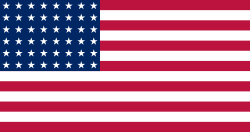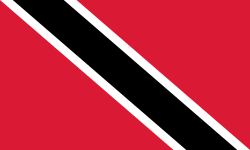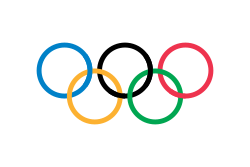Allan Wells
| Allan Wells | |
|---|---|
| Osobní informace | |
| Narození | 3. května 1952 (71 let) Edinburgh, Spojené království |
| Stát | |
| Výška | 183 cm |
| Hmotnost | 86 kg |
| Kariéra | |
| Disciplína | 100 m, 200 m |
| Účasti na LOH | 1980, 1984 |
| Některá data mohou pocházet z datové položky. | |
| Přehled medailí | ||
|---|---|---|
| zlato | Moskva 1980 | běh na 100 m |
| stříbro | Moskva 1980 | běh na 200 m |
Allan Wipper Wells (* 3. května 1952 Edinburgh) je bývalý britský atlet, sprinter a olympijský vítěz v běhu na 100 metrů z roku 1980.
Nejdříve se specializoval na trojskok a skok do dálky, později se orientoval na sprinty. Teprve v roce 1976 zaběhl 100 metrů pod 11 sekund. V roce 1978 vytvořil britský rekord na této trati časem 10,15, na 200 metrů zlepšil národní rekord na 20,61.
Na olympiádě v Moskvě v roce 1980 startoval ve třech disciplínách, pokaždé postoupil do finále. V běhu na 100 metrů zlepšil britský rekord na 100 metrů na 10,11. Ve finále zvítězil časem 10,25, druhý Kubánec Leonard dosáhl přitom stejný čas. Druhou olympijskou medaili, tentokrát stříbrnou, vybojoval v běhu na 200 metrů.
Olympijské zlato z Moskvy byl jeho největší úspěch. Při premiéře mistrovství světa v atletice v Helsinkách v roce 1983 skončil čtvrtý v běhu na 100 i 200 metrů. Následující rok na olympiádě v Los Angeles skončil v běhu na 100 metrů v semifinále, byl také členem štafety Velké Británie na 4 × 100 metrů, která ve finále doběhla sedmá.
Externí odkazy
- Allan Wells na stránkách Světové atletiky (anglicky)
- Allan Wells v databázi Olympedia (anglicky)
Média použitá na této stránce
Olympic Rings without "rims" (gaps between the rings), As used, eg. in the logos of the 2008 and 2016 Olympics. The colour scheme applied here was specified in 2023 guidelines.
Olympic Rings without "rims" (gaps between the rings), As used, eg. in the logos of the 2008 and 2016 Olympics. The colour scheme applied here was specified in 2023 guidelines.
US Flag with 44 stars. In use 4 July 1891–3 July 1896. Created by jacobolus using Adobe Illustrator, and released into the public domain.
US Flag with 44 stars. In use 4 July 1891–3 July 1896. Created by jacobolus using Adobe Illustrator, and released into the public domain.
US Flag with 45 stars. In use 4 July 1896–3 July 1908. Created by jacobolus using Adobe Illustrator, and released into the public domain. This flag was used during the Spanish-American War.
US Flag with 45 stars. In use 4 July 1896–3 July 1908. Created by jacobolus using Adobe Illustrator, and released into the public domain. This flag was used during the Spanish-American War.
US Flag with 46 stars. In use 4 July 1908–3 July 1912. Created by jacobolus using Adobe Illustrator, and released into the public domain.
Other version: Image:US 46 Star Flag.svgUS Flag with 46 stars. In use 4 July 1908–3 July 1912. Created by jacobolus using Adobe Illustrator, and released into the public domain.
Other version: Image:US 46 Star Flag.svgUS Flag with 48 stars. In use for 47 years from July 4, 1912, to July 3, 1959.
The Canadian Red Ensign used between 1921 and 1957.
This image has compared for accuracy (mainly colors) using an image from World Statesmen. The only change is making the maple leaves green from red. This image has compared for accuracy (mainly colors) using an image from World Statesmen. The most recent version of this image has changed the harp into one with a female figure; see [http://flagspot.net/flags/ca-1921.html FOTW
Flag of the unified Team of Germany for the Olympic Games, 1960–1968.
(c) I, Cmapm, CC BY-SA 3.0
The flag of the Soviet Union (1955-1991) using a darker shade of red.

(c) I, Cmapm, CC BY-SA 3.0
The flag of the Soviet Union (1955-1991) using a darker shade of red.

Olympijská vlajka
Flag of Jamaica. “The sunshine, the land is green, and the people are strong and bold” is the symbolism of the colours of the flag. GOLD represents the natural wealth and beauty of sunlight; GREEN represents hope and agricultural resources; BLACK represents the strength and creativity of the people. The original symbolism, however, was "Hardships there are, but the land is green, and the sun shineth", where BLACK represented the hardships being faced.















